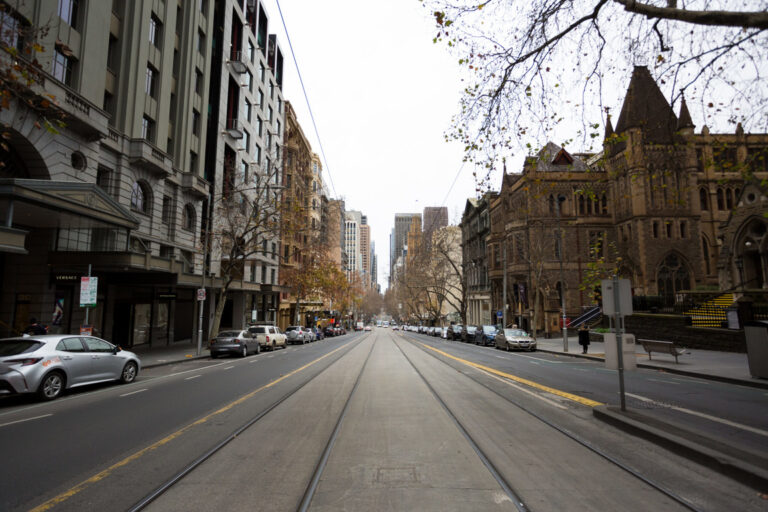With LD5 (Lock Down 5) hitting Melbourne the diary has been cleared of a site visit to a significant Tasmanian agricultural borrower and we have found ourselves with many hours to contemplate the glaring dislocation between a low Australian dollar (AUD) and record commodity prices for Australian exports (and a decade low Australian unemployment rate announced this week).
What does this once in a lifetime dichotomy, induced by artificially low interest rates, mean for the Australian macro-outlook and our borrower universe?
- Assuming nothing shifts dramatically in terms of interest rates, currency, or materials prices, we will see record corporate aggregate profits and a federal budget that dramatically outperforms the current export assumptions as well as corporate and personal tax revenue expectations.
- Our agricultural borrowers will continue to experience record revenue when the commodity prices are combined with good seasonal weather conditions and record export demand.
- Top line growth is driving enormous demand from the rural sector for growth capital, with the only note of caution being a near unsolvable labour shortage that will certainly increase costs and potentially impact productivity.
- Our commercial real estate development borrowers can be put into two categories:
-
-
- Horizontal developers (land and industrial estates); and
- Vertical developers (apartments, hotels and offices).
- The horizontal sector is seeing record activity in land and industrial subdivisions and is battling labour shortages and rising material prices being passed on by constructors. The price and demand for their product leaves them in good shape to offset the supply pressure, as long as they have presold and are not punting a sustained “frothy market”
- In contrast, vertical developers of high-rise buildings are enjoying the benefits of a constructions sector that has seen a decline of 50%+ in new jobs and is pricing new builds at zero margin to keep its workforce employed.
- The competitive nature of vertical construction is resulting in lower-than-expected building tenders, despite the rapidly rising import cost of materials from China.
- This competitive pricing is good news for those committing to new builds, but we are diving deeper in due diligence with build contracts as an unprofitable building sector does introduce some systematic risk to the sector and our loans.

Ultimately the disconnect between strong commodity prices and employment versus a weak AUD and low interest rates is unsustainable: it just does not make economic sense. At some point these factors will begin to move in tandem again, however market and economic irrationality can persist for a long time.
For the time being it is helping to buoy the outlook for Australia and most of the collateral underlying our loans. We continue to experience no sign of impairments when reviewing valuations but remain vigilant in our stress tests when contemplating the current economic construct and thinking it cannot last forever.




